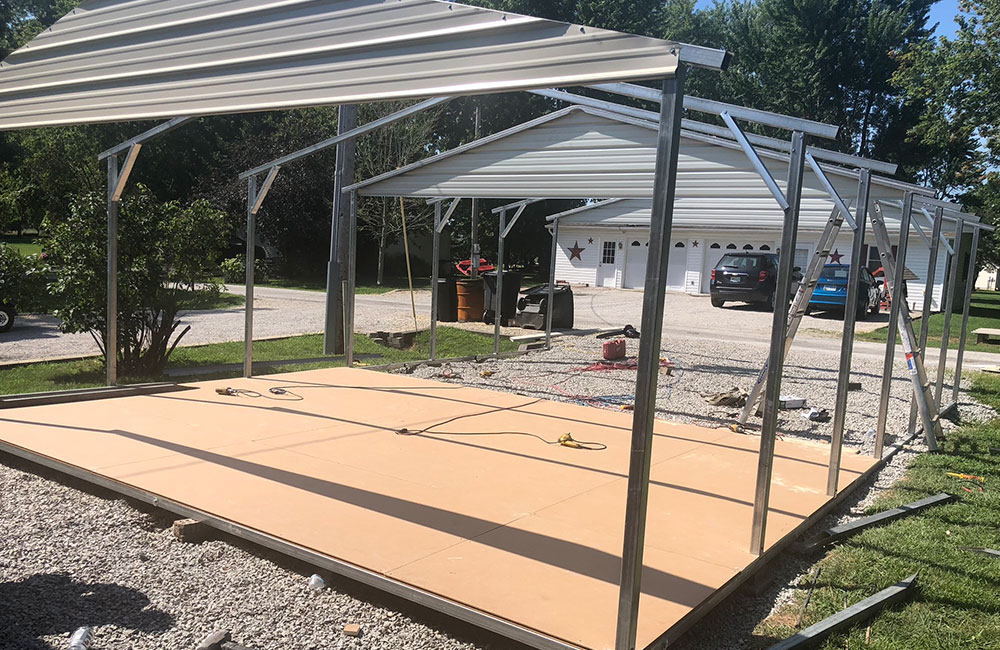
When it comes to constructing buildings, there are two primary approaches that have stood the test of time – metal buildings and traditional construction methods.
Both options offer unique advantages and cater to different needs, making the decision between them a crucial one. Whether it is for residential, commercial, or industrial purposes, understanding the key differences and benefits of metal buildings and traditional construction can help you make an informed choice.
Construction Time and Efficiency
Metal Buildings: Metal buildings are typically prefabricated or pre-engineered, meaning that components are manufactured off-site and assembled on-site. This streamlined process allows for faster construction, saving both time and labor costs. Metal buildings can be erected in a fraction of the time it takes for traditional construction, making them an excellent choice for projects with tight timelines.
Traditional Construction: Traditional construction involves on-site building from the ground up. The process involves several stages, including foundation work, framing, and finishing, which can be time-consuming. Complex designs or adverse weather conditions may further extend the construction period.
Cost-Effectiveness
Metal Buildings: Metal buildings are often more cost-effective than traditional construction. The prefabrication process reduces material waste, and the efficient installation requires fewer labor hours. Additionally, metal buildings have lower maintenance costs over their lifespan due to the durability and resistance to elements.
Traditional Construction: Traditional construction can be costlier due to the longer construction timeline and the need for more extensive on-site labor. Custom designs and premium materials can also drive up expenses.
Durability and Strength
Metal Buildings: Metal buildings are renowned for their durability and strength. Constructed with high-quality steel, they can withstand harsh weather conditions, including strong winds, heavy snow, and seismic events. They are also resistant to fire, termites, and rot, ensuring long-lasting performance.
Traditional Construction: The durability of traditional construction depends on the materials used. While masonry and concrete offer excellent strength, wood-framed structures may be susceptible to decay, pests, and fire hazards if not properly treated and maintained.
Design Flexibility
Metal Buildings: Metal buildings offer a wide range of design options, with various roof styles, wall panels, and finishes available. However, the prefabricated nature may limit some customizations compared to traditional construction.
Traditional Construction: Traditional construction allows for more intricate and complex designs, making it ideal for projects that demand unique architectural features or historical restoration.
Energy Efficiency
Metal Buildings: Metal buildings can be designed with energy-efficient features, such as insulation, reflective roofing, and natural lighting options. These eco-friendly practices contribute to reduced energy consumption and lower utility costs.
Traditional Construction: Traditional construction can also incorporate energy-efficient materials and techniques, but it may require additional efforts to achieve the same level of energy efficiency as metal buildings.
The choice between metal buildings and traditional construction depends on your specific project requirements and priorities. Metal buildings offer advantages in terms of construction speed, cost-effectiveness, durability, and design flexibility, making them a preferred option for many applications. On the other hand, traditional construction excels in intricate designs and architectural features that demand a more personalized touch.